
Welcome back to the Broken City
Almost ten years ago the Devastation reduced most of the City to a sea of rubble. Thousands were killed, thousands more vanished without a trace and the survivors were left scrabbling to survive in a ruined landscape of wan sunlight, no rain, moon or stars, and the ever present Fog waiting behind the walls. Buildings still intact enough to offer refuge against the things that come crawling from the rubble at night became the nuclei of new communities, which in the parlance of the City became know as ‘districts’.
A district may consist of as little as a single building, or as much as a couple of semi-intact streets. Only the very largest – if somehow transported out of the City to some kinder world – would pass muster as a village and none have a population above 300 souls, with maybe 50 being the average. They are linked by paths cleared through the rubble, wide enough for a supply cart to pass and marked by lanterns that are (theoretically) lit just before sundown when every soul with an ounce of sense retreats inside and locks the doors.
There are some small districts isolated out in the ruins. Cut off from the rest of what remains of the City these don’t tend to last very long.
No map of the City is provided, so you may create your own to serve the needs of your game.
The Citadel
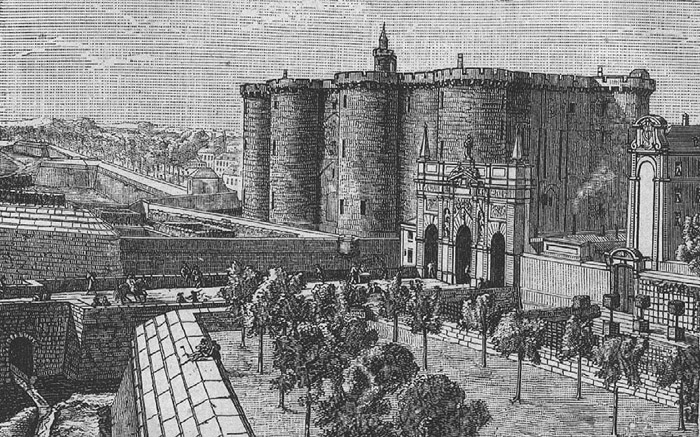
At the heart of the City stands the Citadel. Founded centuries ago as a simple fortress it expanded with the fortunes of the city and by the Day of Devastation it had become a large – but not excessive – palace complex, home to the Duke, his family, and the small but efficient bureaucracy that saw to the day to day running of the City.
In the aftermath of the Devastation the Citadel reverted back to its original functions of fortress and prison. It is the headquarters of what remains of the City Guard, and few non-Guard who enter its gate are ever seen again – unless it be on the scaffold in the Plaza of the Just. Proclamations and announcements are still read from the gate in the name of the Duke, but no one has seen him, his wife or his children in the last six years. It is commonly supposed that they’re dead, although some suggest they might be being held captive by the Guard instead.
The most important function of the Citadel for most souls is the distribution of food. In the aftermath of the Devastation the Duke opened the Citadel’s stores – long maintained against the possibility of famine or siege – and had the Guard commence distribution to the survivors. The Guard still maintain this duty, sending out carts loaded with salt meat, coarse bread, water and dried tubers to all inhabited districts several times a week. It is this and this alone that motivates the City’s people to endure the Guards’ depredations – a life under the Guard is grim, but a life without regular food and water would be worse.
An often discussed mystery is how much food can possibly remain in the Citadel’s vaults. The surviving population of the city is small to be sure, but could the Duke have possibly laid in enough supplies to feed it for almost a decade? The farm at St Olave’s accounts for some of the food, but it produces no meat, and it is claimed that some of the meat handed out in exchange for lead labour tokens seems suspiciously fresh.
Everyone has heard the story of the flank of salt pork with the priest’s tattoos, but only the most credulous believe it. That said the food supplies must surely be running perilously low, and no one likes to think of what will happen on the day when they finally run out.
Saint Olave’s
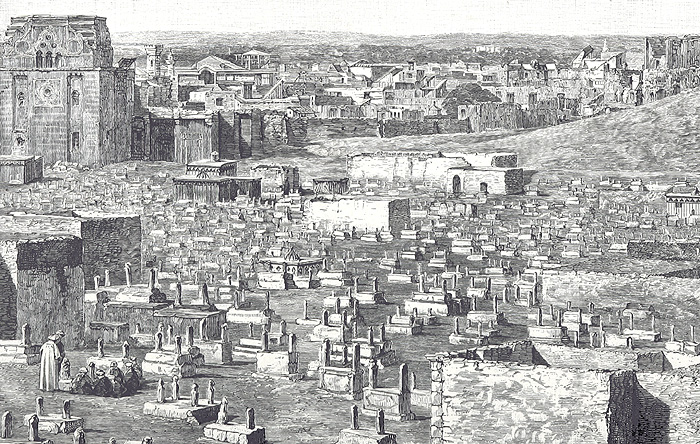
Prior to the Devastation, Saint Olave’s was the City’s most esteemed burial ground. Close to twenty acres of land near the Citadel, it was laid out with avenues and terraces and spotted with ornamental lakes and groves. The most prestigious boulevards were lined with the elaborate tombs and grand mausoleums of the rich and noble, with smaller monuments for the less wealthy along the humbler paths. Even the the poor were welcome at Saint Olave’s, laid to rest in the ground for the traditional seven years before their bones were unearthed and respectfully stacked in the Grand Ossuary, freeing the earth for the next guest.
Post Devastation Saint Olave’s is no longer a place of rest. All but the largest monuments have been cleared away and the ground is tilled for the only reliable crop that still grows – the bland, starchy tubers known (with supreme irony) as dead men’s fingers. Work teams walk the fields, planting, harvesting, watering and chasing away the vermin that would eat the food so dearly needed to keep the City’s people from starvation.
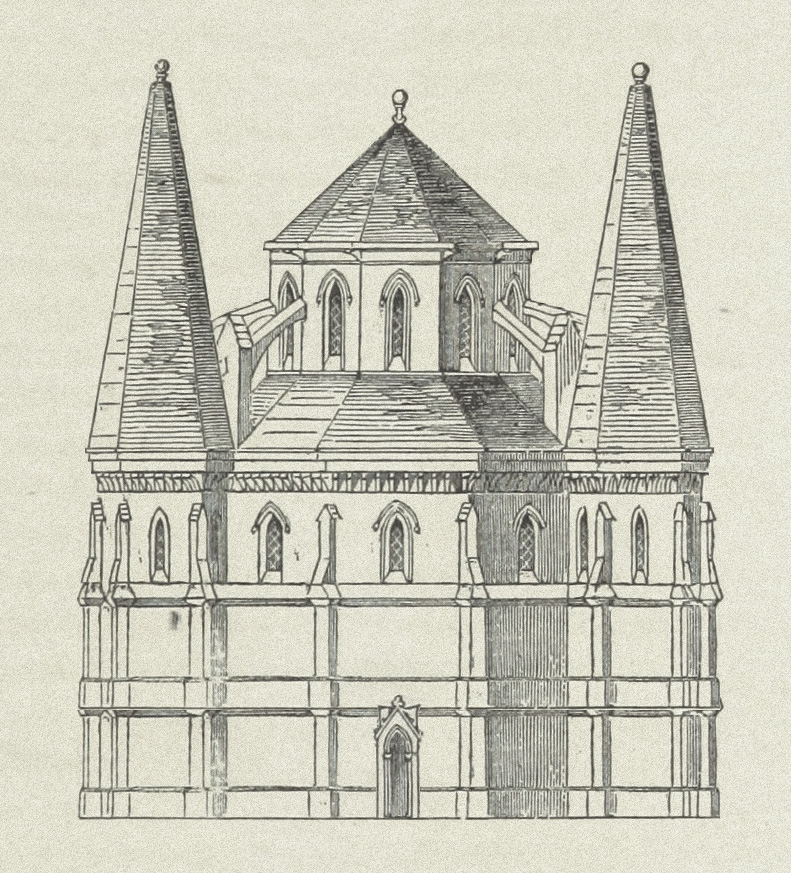
The grand ossuary, its fortress like construction surviving the Day of Devastation unscathed, has been converted into a warehouse for the fingers. As carts of tubers enter at one end, the bones of the ancient dead are carted out of the other to be ground to dust and spread as fertiliser or (according to rumour) carted up the hill to the Citadel to bulk up the City’s reserve of flour.
A sunken courtyard- constructed to house the resting places of a now forgotten noble family – has been crudely waterproofed and roofed over to act as a reservoir, replenished daily by water carts from the Citadel. The water is distributed across the fields by bucket, back-breaking but essential work since the rain stopped. Occasionally some desperate or demented soul will attempt to steal water from the reservoir, almost always resulting in a trip to the dungeons of the Citadel followed by a swift execution in the Plaza of the Just.
Princes Row
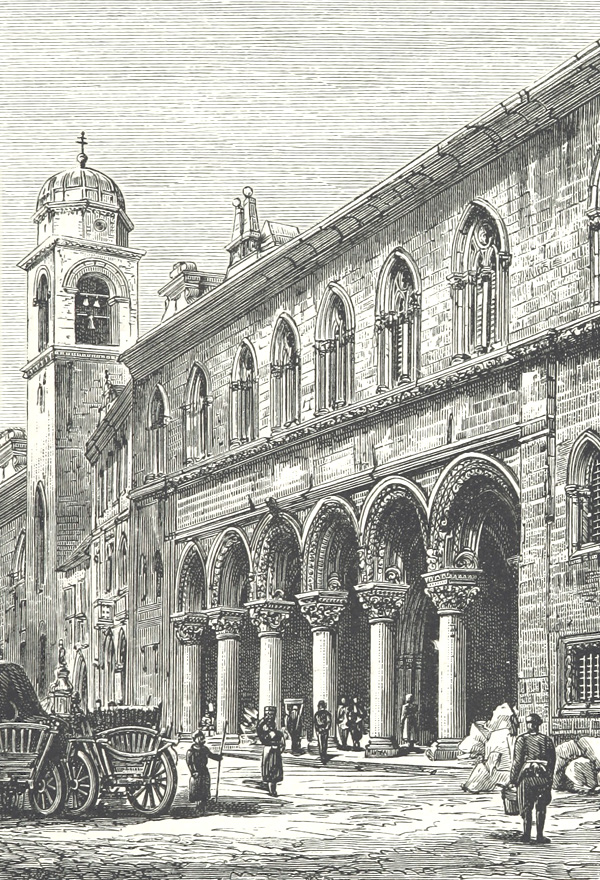
Princes Row was the upper section of the wide processional roadway running between the Citadel and the Great Gate. It was here that the nobles – and those merchants wealthy enough to buy their way into the circles of the nobility – lived in luxurious mansions, most of them now nothing but tumbled and picked over ruins.
The surviving section of Princes Row runs for around a third of a mile, with the most intact mansions at the Citadel end. It is separated from the Citadel by another third of a mile’s worth of ruins – the wide avenue makes this area easier to traverse, and it is a regular route for the distribution carts running supplies out to further districts.
Officially no one lives in Princes Row. The surviving mansions were sealed and boarded up in the early days when a return to normality seemed possible, and it is the one district where the Guard still routinely enforce the rules against looting. Stories still circulate however about food deliveries to some of the houses and of faint lights seen glimmering through the boarded windows at night. Perhaps it’s simply the Guard on patrol, but since when have the Guard been organised and diligent to actually mount the patrols they’re charged with?
The wildest tales are those talking of debauched parties held by nobles in the weeks after the Day of Devastation, burning through hoarded supplies of fine wine, preserved game and exotic drugs. These orgies – so claim the storytellers – continue to this day in the interconnected vaults beneath the palaces, the surviving nobles having degenerated into insane cannibals, imagining their filthy rags to be the finest clothing and their carrion feasts the most exquisite delicacies. Most scoff at such claims, but few are willing to explore Princes Row for any treasures that might have been missed over the years.
Allgods
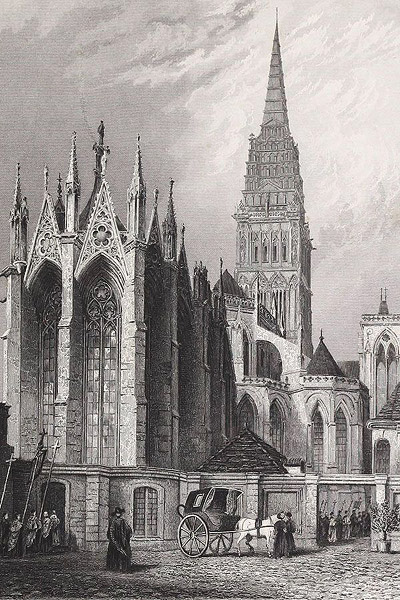
On the Day of Devastation the magnificent spire, beautifully frescoed vaults and leaded roof of the Temple of All Gods collapsed, crushing the panicking masses who had fled to the building in search of sanctuary. Its thick, buttressed walls stood firm however and the tomb-filled crypt remained mostly intact, with only a few of the great oak ceiling beams smashing through the temple floor.
Most of the roof lead was collected and taken to the Citadel in the years immediately after the Devastation, and the forest of beams that once supported it have long been hauled away and burnt for fuel. Various side chapels and vestries have been roughly roofed over and the temple is now one of the larger of the City’s districts, providing a home for several hundred souls. Many workshops and specialised traders can be found, and there is even a small library of books and scrolls recovered from the ruins and carefully preserved. The cautious and circumspect visitor may even be able to obtain a few slugs of lead, recovered from the temple’s more obscure nooks and crannies – assuming they can afford the price.
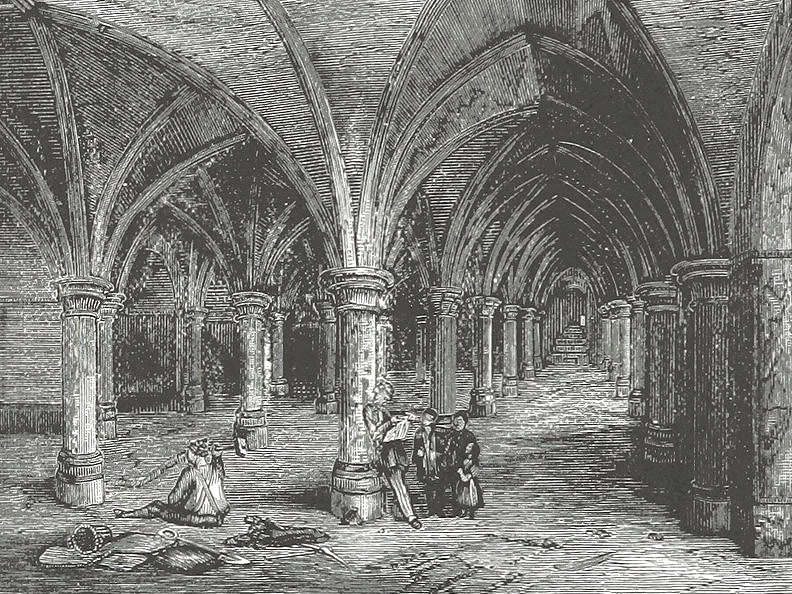
While most survivors abandoned their faith in the aftermath of the Devastation a small community of believers inhabit the east end of the crypt. They preserve the old altars and – as best they can – maintain the liturgical cycle of prayers and rituals, calling upon the gods for aid that never arrives. Most consider them fools, but among their number can be found the few skilled healers remaining in the City and even the least religious souls are willing to put theological objections aside in exchange for medical treatment, despite the irony of it being administered among the tombs of the long dead.
The Breach
It is a matter of much speculation – when time for speculation is available – why the Fog remains outside the City wall. Small patches of Fog manifest in the ruins from time to time, and on rare occasions these may drift close to inhabited districts, but the vast, roiling banks stay back, never approaching more than 100 paces from the ancient ramparts.
Some claim that the Fog is in some way repelled by intact structures. Others speak of powerful protective enchantments laid on the walls in ancient times. Some claim divine intervention, that the gods are still protecting the City as best they can. More cynical souls suggest the gods enjoy the people’s suffering and are holding back the Fog to prolong it as much as possible. All theories however must account for the Breach.
On the Day of Devastation a hundred foot or so long section of the City wall collapsed. Ever since, the Fog regularly crawls over the tumbled stones, penetrating into the City, then withdrawing on a seemingly random schedule of its own.
As if this is not bad enough the Fog often leaves monstrous creatures behind in its wake. These wander the ruins and inevitably find their way into inhabited districts, slaughtering souls and smashing buildings before they are brought down by the Guard or local militias.
A garrison of Guard is maintained in the closest wall bastion to the Breach, charged with intercepting any monstrosities that emerge from the Fog. Far from inhabited districts the Breach Bastion is an unpopular post and the Guard sent there are generally on disciplinary charges – which given the lax standards in what remains of the Guard should be enough to give anyone intending to rely on their protection pause. The rare inspections generally find them to be either absent, or paralytically drunk, the punishment for which is inevitably an extension of their stay at the Bastion.
Occasional attempts have been made to rebuild the wall. These have come to nothing, mostly due to the Breach’s distance from the rest of the City and the apathetic attitude of the Bastion Guards. Claims that repairs ‘anger’ the Fog and bring bad luck to those taking part can probably be discounted, nonetheless few souls seem willing to undertake another attempt.
The Plaza of the Just
The square outside the main gate of the Citadel has been known for centuries as the Plaza of the Just. The name is now considered ironic as this is where the Guard carry out amputations and executions by hanging.
A small community of beggars live in and around the plaza, retreating to the vaults beneath as night falls. They make what passes for a living pestering and pick-pocketing the small crowds that assemble for executions, and usually spend whatever they glean on alcohol.
Check back soon for more districts of the Broken City!

